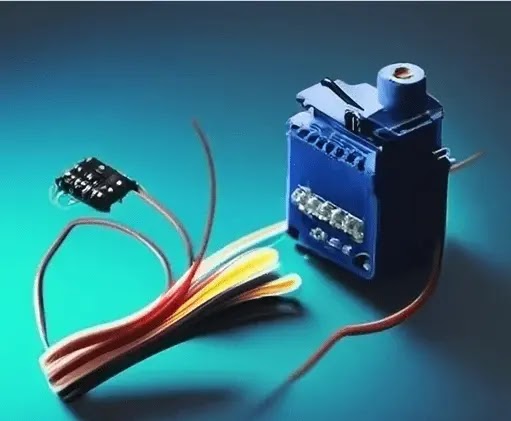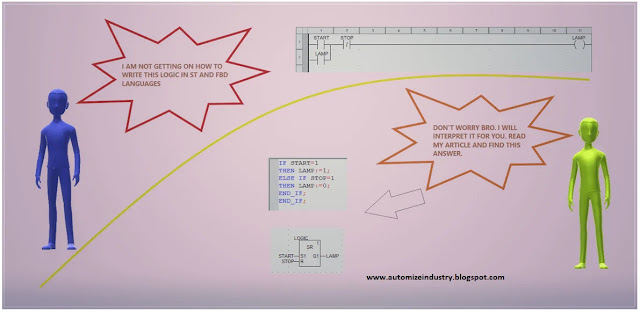What Is A Loop Powered Instrument
15th May, 2024.
In this post, we will see the concept of a loop powered instrument.
Instrument wiring is a very important factor to study for instrumentation engineers. Whether they are designing a project involving sensors or commissioning them, it is always necessary for them to learn how it's wiring is done. One of the most used and prominent methods in instrument wiring is a loop powered instrument. Today, almost 70% of the instruments are loop powered. In this post, we will see the concept of a loop powered instrument.
How do loop powered instruments work?
In this post, as a loop powered instrument is related to 4-20 mA signal, we will study related to that concept only, and not involve 0-10 V signal into it. Refer to the below image. Any transmitter works on two concepts of wiring - power and signal. Power is required to keep power up the transmitter and signal is used to provide current value of the sensor to a controller. The power supply can be DC or AC, depending on the model of the transmitter device. A transmitter basically takes the transducer physical value and converts it into an electrical signal for better understanding. So, for example, for a 0-40 psi pressure sensor, 4 mA corresponds to 0 psi and 20 mA corresponds to 40 psi.
Now, a transmitter of 4-20 mA is generally categorized into three types based on the wiring - 2-wire, 3-wire and 4-wire. Every type will require a power and a signal. To first understand the concept of loop power, it is first necessary to understand how a current in a circuit flows. In the above image, current flow starts from positive supply and goes to negative supply by passing through loads or resistances; and then, it continues. So, if we separate both the power and signal, we find that signal is generated only when the power is present. Because current is the same at all the points of load as per it’s fundamental principle, it forms the base for loop-power theory.
The loop-powered instrument will take +24V as input and output current flowing through it in mA. Because the power is the same and also the current remains the same, the output that it generates will flow back as it is back to the transmitter point. To complete the loop, negative voltage is required, and this is done by connecting it to a common point of the controller. Due to this circuit, power flows in a wire, goes to the transmitter and gets an output in mA with voltage present in it. Then, after it finds a negative voltage, the circuit is completed. In that way, a loop-powered instrument requires only 2 wires for connection - one as it’s power input and the other as it’s signal output. The remaining task is completed by connecting a negative voltage to the controller common terminal, and thus the loop is completed.
What are the different ways of measuring loop current?
1. Standard milliammeter -
You cannot directly connect the two pins of the multimeter to the two pins of the transmitter, as one end is powering the device and the other end is giving a signal. So, to measure mA, remove the negative end of the transmitter connection. Connect the positive probe of the multimeter to the transmitter and the negative probe to the PLC end. This means the multimeter is now in series with the transmitter circuit. When this connection is done, the current will show in the meter.
2. Clamp on milliammeter -
This device can measure the current without breaking the circuit, by connecting the clamp around the wires, as it works in a magnetic theory. But sometimes, due to the magnetic field of the clamp, signal disturbance can be caused and you will get a lesser reading in the meter (not by a big margin, only a small error).
What is the difference between loop-powered and self-powered?
1. A loop-powered device will receive power from the process signal loop itself, whereas a self-powered device will receive power from an external source.
2. A loop-powered device is generally also called a 2-wire transmitter, whereas a self-powered transmitter is also called a 3-wire or 4-wire transmitter.
3. Isolation and safety is better guaranteed in a self-powered device due to separation between supply flow and signal flow, which is somewhat less in a loop-powered device.
4. Power load is higher in a self-powered device and so, more power for signals can be provided in these devices, which is not the case in a loop-powered device.
5. Wiring is reduced and simplified to a greater extent in a loop-powered device than a self-powered instrument.
I have covered a general theory related to loop powered instruments. I have also not attempted to cover all the concepts, as it can vary from systems to systems. Once you are familiar with this engineering, you can easily tackle all types of problems in it.
Thank you for reading the post. I hope you liked it and will find a new way in this type of technology.





Well explained. This can be sometimes confusing especially if you are new to it. As an instrumentation profession, it is a very important concept to master as it is applied in almost every instrumentation installation.
ReplyDeleteThank you. That is why I felt it important to share.
ReplyDeleteInsightful read! Looking forward to more. Consistency and a positive mindset work wonders. on site construction ambulance service in J&K
ReplyDelete